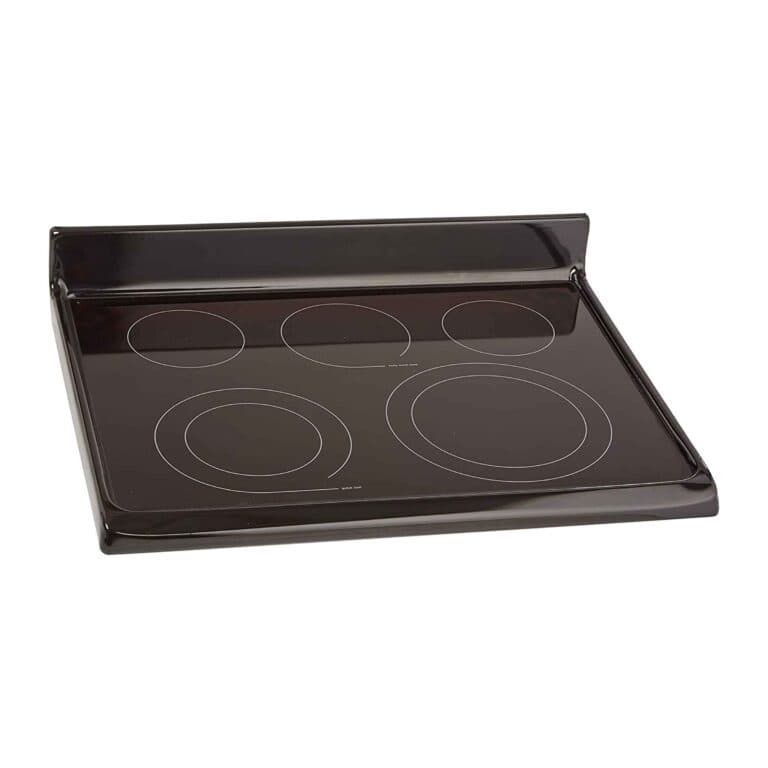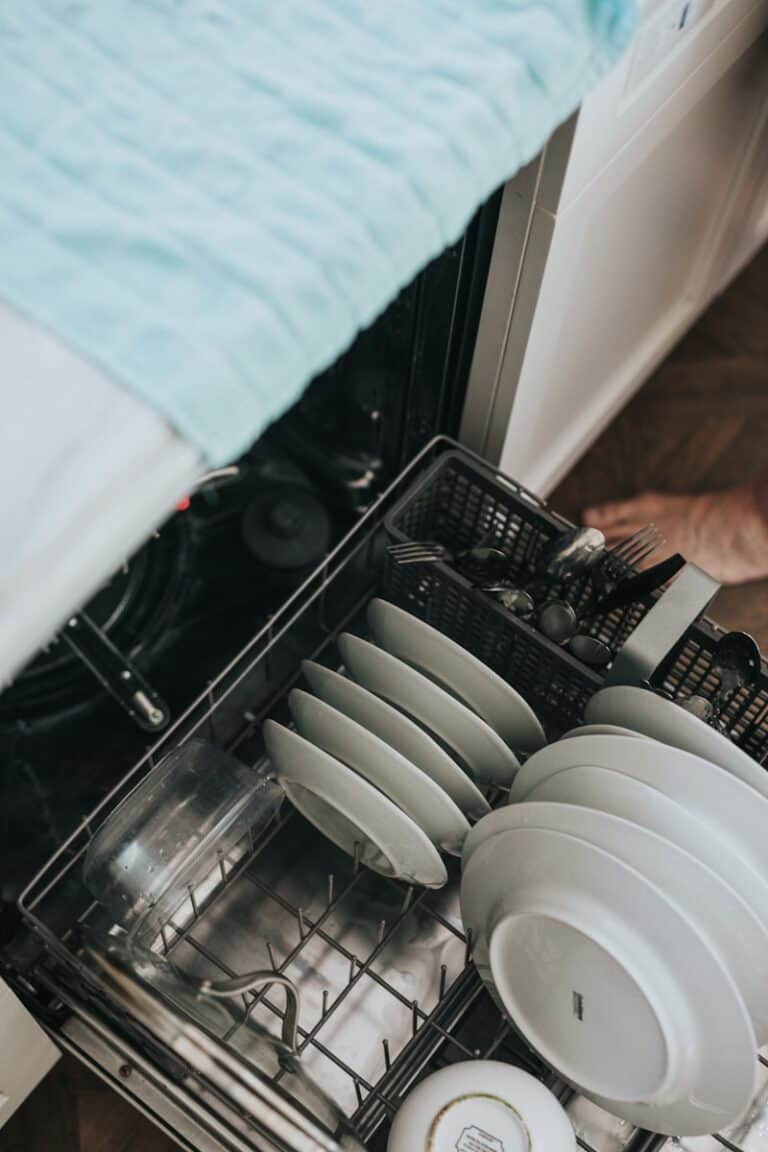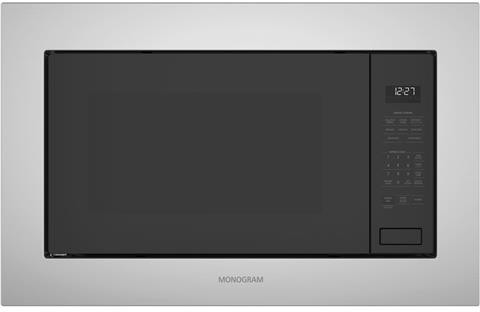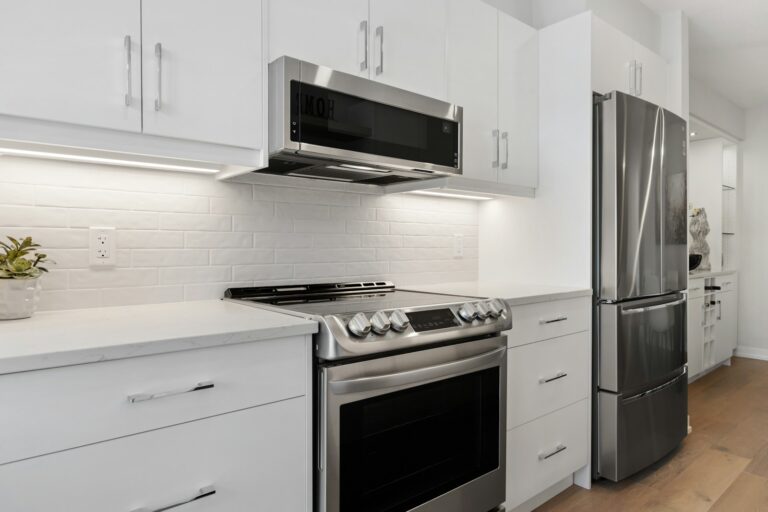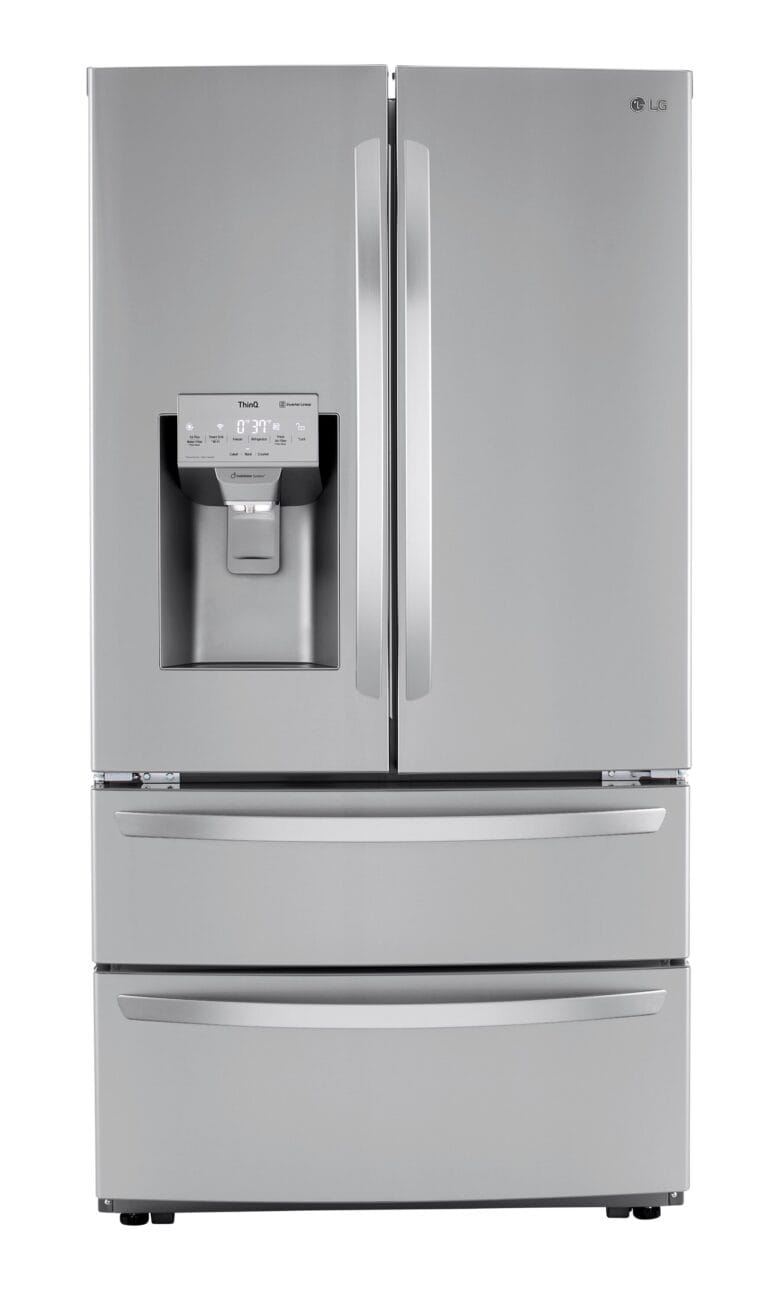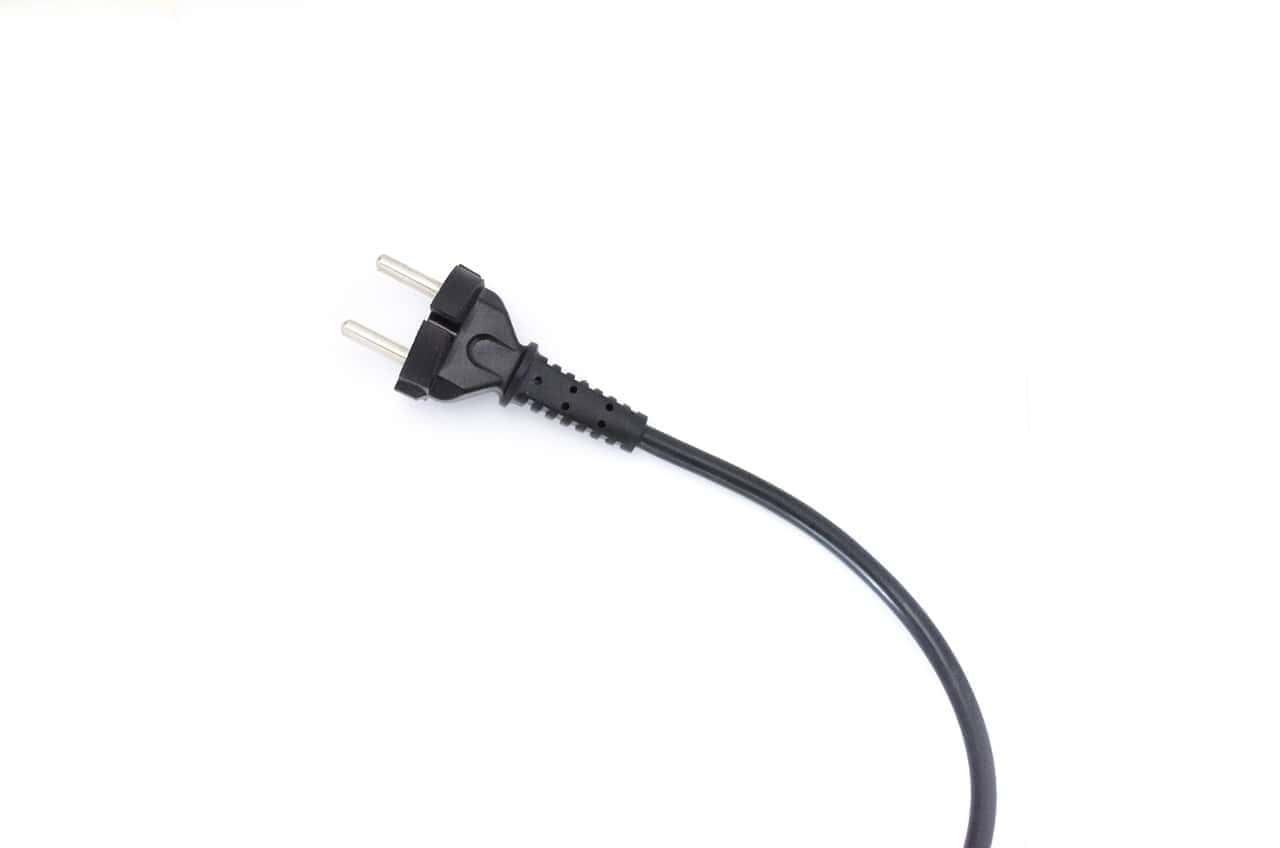
When you’re jetting off to Japan, a land where ancient traditions meet futuristic technology, there’s a small yet crucial detail that often gets overlooked – the power plugs and adapters. This guide is your go-to resource for understanding Japan’s unique power setup and ensuring your devices stay charged and ready for adventure.
Essential Guide to Power Outlets in Japan

Japan uses Type A power outlets. These outlets have two flat, parallel pins. The voltage in Japan is 100 volts, which is different from the 120 volts used in the United States. The frequency in Japan is 50Hz or 60Hz, depending on the region. This is also different from the 60Hz used in the United States.
Do You Need a Voltage Converter in Japan?
Most electronics today, like phones and laptops, are dual voltage. This means they will work in Japan without a voltage converter. However, it’s important to check your device’s specifications. Some devices, like hair dryers, may require a voltage converter.
What Kind of Adapter Do You Need for Japan?
If you are traveling to Japan from the United States, you will need a plug adapter. This will allow you to plug your devices into the Type A outlets in Japan. You can buy plug adapters at most electronics stores. They are also available online and at airports.
Additional Tips for Travelers
Here are a few more things to keep in mind about power outlets in Japan:
- Some hotels may have a few Type B outlets. Type B outlets have two flat, parallel pins and a grounding pin.
- It’s a good idea to bring a portable charger. This can be helpful if you are unable to find an outlet.
- You can also buy a universal travel adapter. This will allow you to plug your devices into outlets in multiple countries.
Summary Table
| Feature | Japan | United States |
|---|---|---|
| Outlet Type | Type A | Type A, Type B |
| Voltage | 100V | 120V |
| Frequency | 50Hz or 60Hz | 60Hz |
| Adapter Needed? | Yes (from US) | N/A |
| Converter Needed? | Possibly (check device) | N/A |

Power Plugs Used in Japan
| Plug Type | Description |
|---|---|
| Type A | Two flat parallel pins, similar to those used in North America. This is the most common type in Japan. |
| Type B | Similar to Type A but with an additional grounding pin. Less common than Type A, but still found in some areas. |
Additional Information:
- The standard voltage in Japan is 100 volts AC at 50 Hz in eastern Japan (including Tokyo) and 60 Hz in western Japan (including Osaka).
- Some appliances, particularly those with high heating elements like hair dryers or curling irons, may not function properly or safely due to the lower voltage and different frequency.
- You may not need a travel adapter if your appliances have plugs compatible with Type A or B. However, it’s always best to check before traveling to ensure compatibility and avoid any potential risks.
- Many hotels and airports in Japan offer outlets that accept multiple plug types.
- You can purchase travel adapters for Japan at most electronics stores or online retailers.
Tips:
- Check the voltage and plug type compatibility of your appliances before traveling to Japan.
- Pack a travel adapter if your appliances have different plug types than those used in Japan.
- Consider purchasing a universal adapter that works in multiple countries for future travel.
Understanding Japan’s Power Standards
Voltage Variations: A Key Consideration
Japan operates on a 100V voltage, which is distinctively lower than the 110V to 120V standard found in North America. While most modern electronics can adapt to this difference, it’s wise to check your devices beforehand. For gadgets requiring 220V, you’ll definitely need a power adapter.
Outlet Types: The Basics
Japanese outlets primarily use Type A and B plugs. Type A outlets, with their 2-pin ungrounded design, are the most common. You might find these similar to North American plugs, but there’s a twist – they are non-polarized. This means that older buildings might not accommodate 3-pin plugs without an adapter.
Did You Know?
Larger appliances in Japan, like air conditioners and washing machines, use plugs with ground wires. However, most portable devices, including phone chargers and laptops, are designed with 2-pin plugs.

Choosing the Right Adapter for Japan
For the Tech-Savvy Traveler
If your device has a three-pin plug, a simple travel adapter will be your savior. These are available in various forms, from basic cheater plugs to more versatile global travel adapters. A global adapter is particularly useful if you’re a frequent traveler, as it’s compatible with multiple socket types.
Adapter Recommendations
- Cheater Plug: Converts a 3-pin plug into a 2-pin plug and is very durable.
- Plug Extender: Handy for multiple devices, transforms a 2-pin outlet into several 3-pin outlets.
- Global Travel Adapter: Ideal for globetrotters; compatible with various plug types and often converts voltage.
Voltage Converters: Do You Need One?
Japan’s unique 100V power standard means that some devices, especially those designed for 110-120V, might not function optimally without a voltage converter. While many devices won’t be damaged, their performance could be affected, and their lifespan reduced. For devices with motors or electronic chips, like clocks or medical equipment, consider a voltage converter to avoid any mishaps.
Identifying the Need for a Converter
Check the label on your device. If it states ‘INPUT: 100-240V, 50/60 Hz,’ you’re in luck – no converter needed. This is common for smartphones, laptops, and cameras.
Real-World Power Scenarios in Japan
Hotel Room Realities
Don’t expect to find many 3-pin outlets in Japanese hotel rooms. While some newer establishments might offer them, they are not the norm. Carrying an adapter ensures you’re always prepared.
A Tip for Tech Travelers
Most North American electronics, including phone chargers and computer plugs, are adaptable to Japan’s voltage range. The only hiccup occurs with three-pin plugs – but as we’ve discussed, this is easily remedied with an adapter.
Summary of Facts
- Japan uses 100V power outlets, lower than North America’s 110-120V.
- The country primarily utilizes Type A and B electrical outlets.
- Devices with three-pin plugs will require an adapter in Japan.
- Some devices may also need a voltage converter for optimal performance.
- It’s rare to find 3-pin outlets in Japanese hotels, so an adapter is essential.
FAQs
Do I need a power adapter for my trip to Japan?
Yes, especially if your devices have three-pin plugs or are rated for a voltage higher than 100V.
Can I use my North American electronics in Japan without a converter?
Many modern electronics designed for 110-120V can function in Japan’s 100V system. However, a converter is recommended for devices with specific voltage requirements.
Are voltage converters and adapters readily available in Japan?
While you can find them in Japan, it’s more convenient to purchase them before your trip to avoid any power emergencies.

